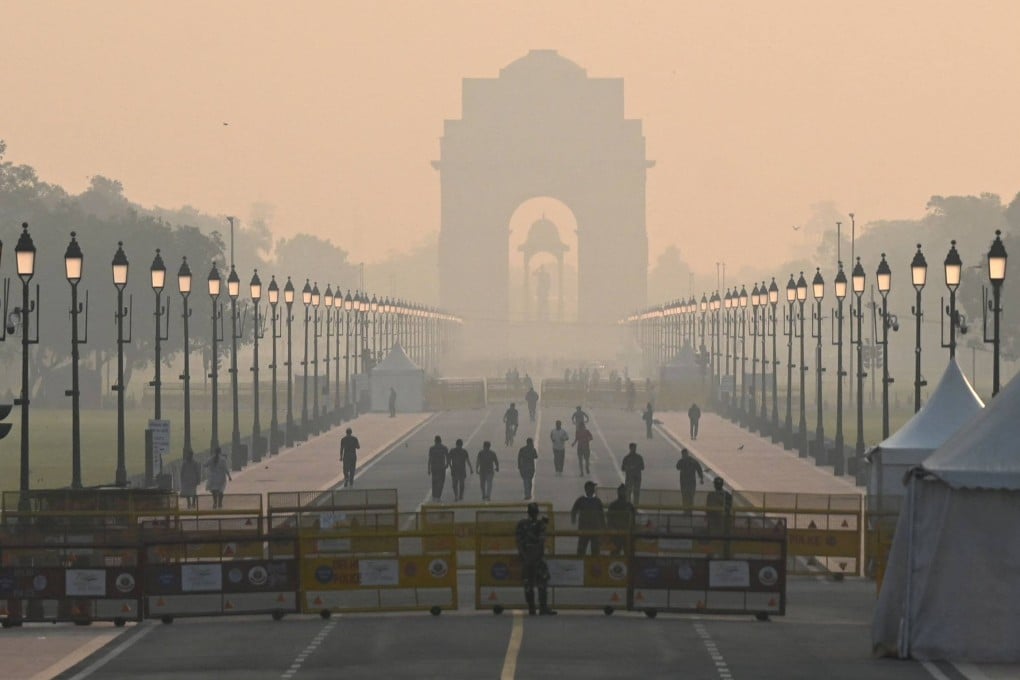Advertisement
The View | India must follow China’s lead in showing political will to fight air pollution
- India’s capital continues to struggle with air pollution, putting the health of millions at risk as winter brings the prospect of toxic smog
- It is imperative that India’s local governments implement policies that improve public health and hold violators accountable
Reading Time:3 minutes
Why you can trust SCMP
0

Despite several efforts to tackle air pollution, India’s New Delhi continues to be the world’s most polluted capital city. As winter approaches, millions across Delhi and much of north India will struggle to breathe as the air turns deadly because of high concentrations of particulate pollution which cause smog.
In November 2017, the toxic smog reached such high levels that it caused a health emergency, with schools, industries and airports shutting down. There has been no respite from the smog, which is now an annual occurrence.
Last month, the city’s chief minister announced measures to tackle the smog in Delhi and surrounding areas. The Graded Response Action Plan is an emergency response to be enforced depending on the severity of pollution, but it is not a preventive measure.
Not long ago, Beijing was one of the most polluted cities in the world. In January 2013, Beijing and many parts of China experienced severe pollution. The high levels of PM2.5 particulate matter – an air pollutant that can be damaging to health if inhaled – were similar to the Delhi episode of 2017.
This proved a turning point in China’s long fight against air pollution. In September 2013, the government issued a five-year national-level action plan on the prevention and control of air pollution.
Measures included reducing discharges of multiple pollutants, increasing the supply of clean energy, setting targets for PM2.5 levels in Beijing and other key cities, and policy interventions for burning straw and crop stubble, residential cooking, industries and vehicle emissions. These were all major sources of PM2.5 pollution.
Advertisement
